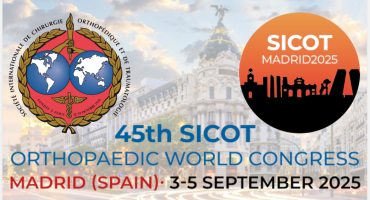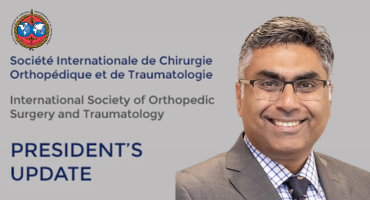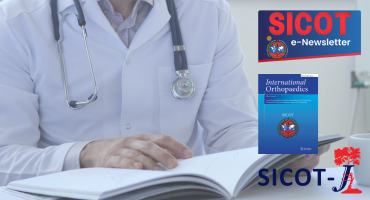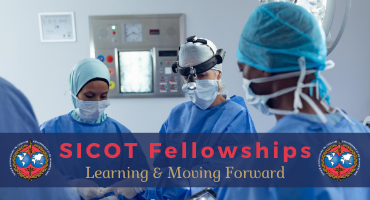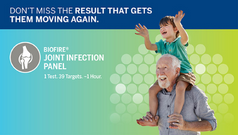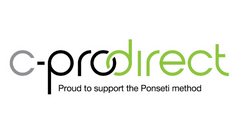Association Between Nail Type and Aseptic Revision Risk After Cephalomedullary Nailing for Hip Fracture
J Bone Joint Surg Am. 2025 Jan 15;107(2):174-183. doi: 10.2106/JBJS.24.00390. Epub 2024 Nov 21.
ABSTRACT
BACKGROUND: Although the majority of intertrochanteric femoral fractures in the United States are now treated with cephalomedullary nailing, it remains uncertain whether differences in clinical performance by nail type exist. The purpose of this study was to compare the aseptic revision rates associated with the 3 most commonly utilized cephalomedullary nails in the United States today: the Gamma nail (Stryker), the INTERTAN (Smith+Nephew), and the Trochanteric Fixation Nail/Trochanteric Fixation Nail Advanced (TFN/TFNA; DePuy Synthes).
METHODS: Using an integrated health-care system's hip fracture registry, patients ≥60 years of age who were treated with 1 of these 3 commonly used cephalomedullary nail devices were identified. Potential confounders were identified and controlled for, including age, gender, race or ethnicity, body mass index, smoking status, American Society of Anesthesiologists classification, anesthesia type, Elixhauser comorbidities, and the operating surgeon. Multivariable Cox proportional-hazards regression was used to evaluate the risk of aseptic revision (the primary outcome measure) by cephalomedullary nail type, with mortality and revisions unrelated to the index fracture considered as competing events.
RESULTS: There were 19,215 patients included in the study sample (71.4% female, 77.0% White), including 4,421 in the Gamma nail group, 2,350 in the INTERTAN nail group, and 12,444 in the TFN/TFNA nail group. In the multivariable analysis involving nails of all lengths, the INTERTAN group was found to have a higher risk of aseptic revision compared with the TFN/TFNA group (8-year crude revision rate, 2.9% compared with 1.8%; hazard ratio [HR], 1.62 [95% confidence interval (CI), 1.15 to 2.27]; p = 0.006). The increased risk associated with the INTERTAN nail was primarily seen among the long nails (HR, 1.83 [95% CI, 1.16 to 2.87]; p = 0.009) rather than the short nails (HR, 1.36 [95% CI, 0.87 to 2.11]; p = 0.18). There were no differences in aseptic revision observed between the Gamma group and the TFN/TFNA group.
CONCLUSIONS: In this study of 19,215 patients with a hip fracture treated with cephalomedullary nailing, the INTERTAN nail was found to have a significantly higher risk of aseptic revision. Further research is required to determine whether these results could be related to the unique design of this implant.
LEVEL OF EVIDENCE: Therapeutic Level III. See Instructions for Authors for a complete description of levels of evidence.
PMID:39812725 | DOI:10.2106/JBJS.24.00390






